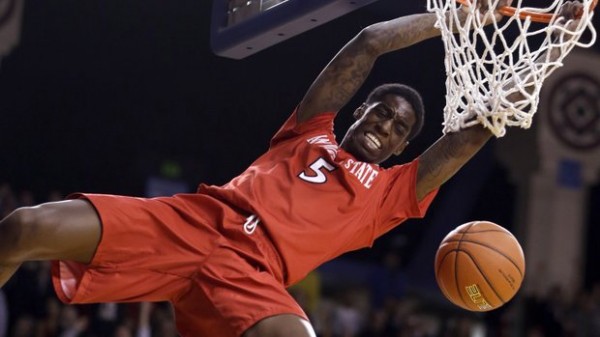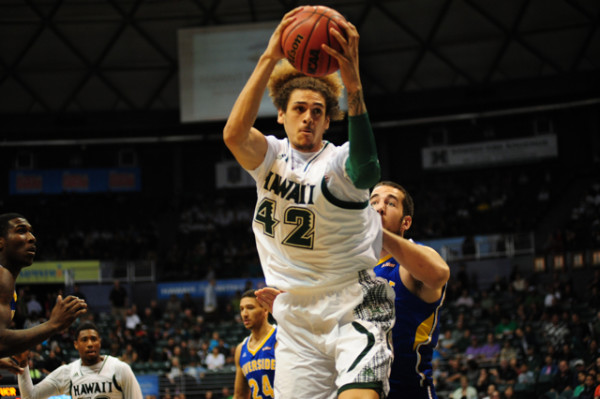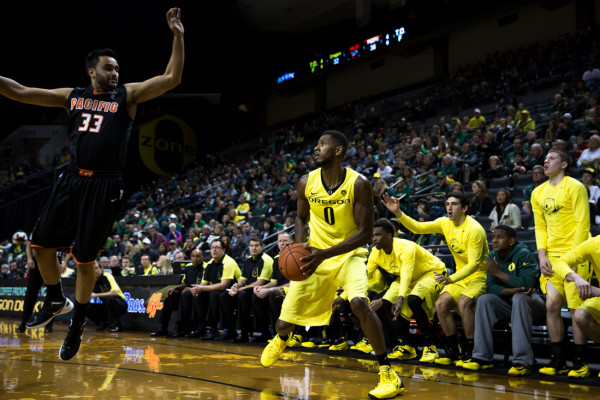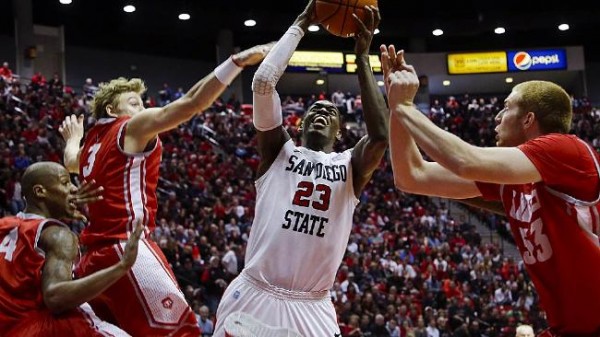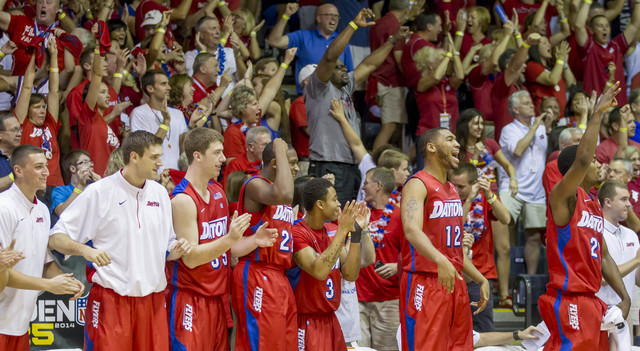Posted by Andrew Murawa (@AMurawa) on March 17th, 2014

Throughout Monday, we will roll out our region-by-region analysis on the following schedule: East (10:00 AM), Midwest (11:00 AM), South (1:00 PM), West (2:00 PM). Here, Andrew Murawa (@amurawa) breaks down the West Region from top to bottom. Also, be sure to follow our RTC West Region handle on Twitter for continuous updates the next two weeks (@RTCwestregion).
You should also check out our upcoming RTC Podblast with Andrew breaking down the West Region, which will drop both on the site and on iTunes Tuesday.
West Region
Favorite: Arizona, #1, 30-4. The Wildcats are the nation’s best defensive team – this is beyond debate. In 34 games to this date, they’ve allowed teams to score better than a point per possession just six times all year (and seven times they’ve held their opponent to less than 0.8 points per possession). They’ve got freshman Aaron Gordon, who is on the short list of most versatile defenders in the nation, capable of guarding players from power forward to point guard. Likewise, guys like Nick Johnson, T.J. McConnell and Rondae Hollis-Jefferson are terrific athletic defenders, while sophomore Kaleb Tarczewski is a rugged rim protector. Point is that it is going to be very hard for any opponent to score consistently on this team. Throw in the fact that the Wildcats are a quality offensive team as well (only six times all season have they scored less than a point per possession in a game) and that they’re playing arguably their best ball of the season at the right time for rising star Sean Miller, and the West is theirs to win.
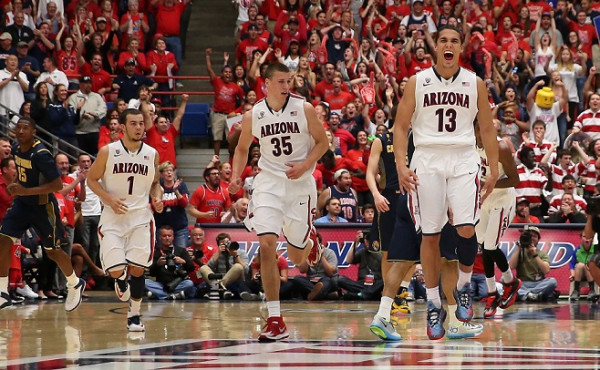
Arizona Earned A #1 Seed In The West Region And Fortunate Geographic Placement. (AP)
Should They Falter: Wisconsin, #2, 26-7. Aside from a head-scratching downturn in the middle of the season when the Badgers lost five out of six games, Bo Ryan’s squad has been excellent. Only once in the last 12 seasons has Wisconsin had a more efficient offense (2011, and even then, it is a razor-thin margin), but what is different about this team is an increased tempo, a sparkling shooting percentage, and a complete avoidance of turnovers. However, all of this offensive wonderment does not come without a price, as this is also the worst Badgers team on the defensive end in those same dozen years, with the team – especially in that bad stretch in January – failing to contain dribble penetration and regularly getting scorched. This happened again this past weekend against Michigan State, so the Badgers are not here without concerns. But in a region where there are few teams without some blemishes, the Badgers are the safest bet – beyond Arizona – to wind up in Dallas.
Grossly Overseeded: BYU, #10, 23-11. Let’s just refer back to 2012 in the West region and read what I wrote then. Sure, some of the details have now changed, but the gist of this is the same: Why is BYU in the field again? They’ve got a solid win over Gonzaga, they beat Stanford and Texas in the non-conference. Sure. But all of those good spots are balanced out by atrocious losses to Loyola Marymount, Pepperdine, Portland and Pacific. There aren’t a ton of other great options to go into BYU’s spot, for sure, and rewarding them for playing a tough non-conference slate is fine. But if anything, the Cougars should have to win their way into the field of 64 by getting through the First Four in Dayton.
Read the rest of this entry »
| 2014 ncaa tournament, bracket prep
| Tagged: Aaron Gordon, arizona, bo ryan, bracket prep, byu, creighton, Doug McDermott, feature, gonzaga, new mexico state, nick johnson, oklahoma state, oregon, san diego state, sean miller, Sim Bhullar, tyler haws, west region, wisconsin
Share this story
